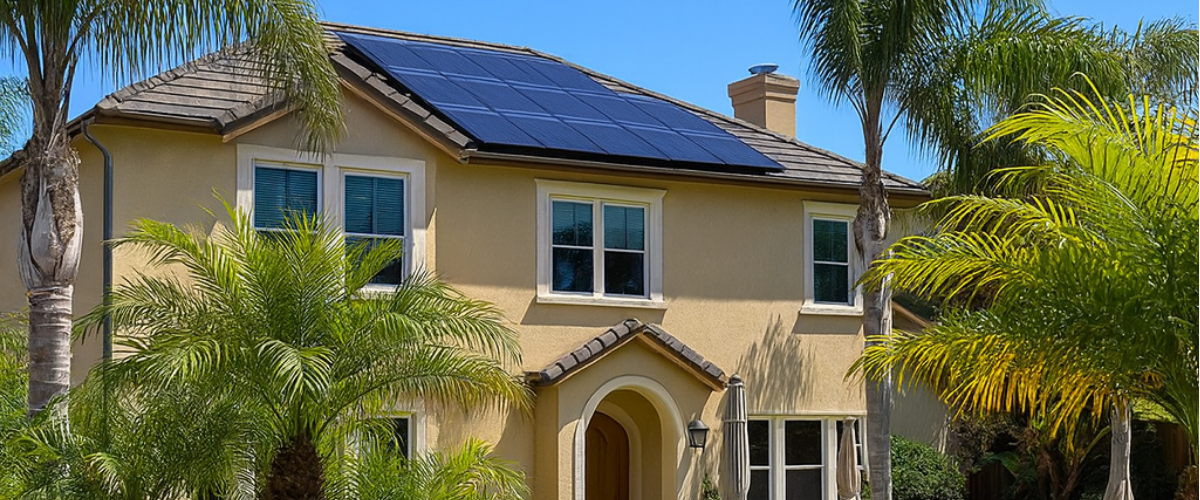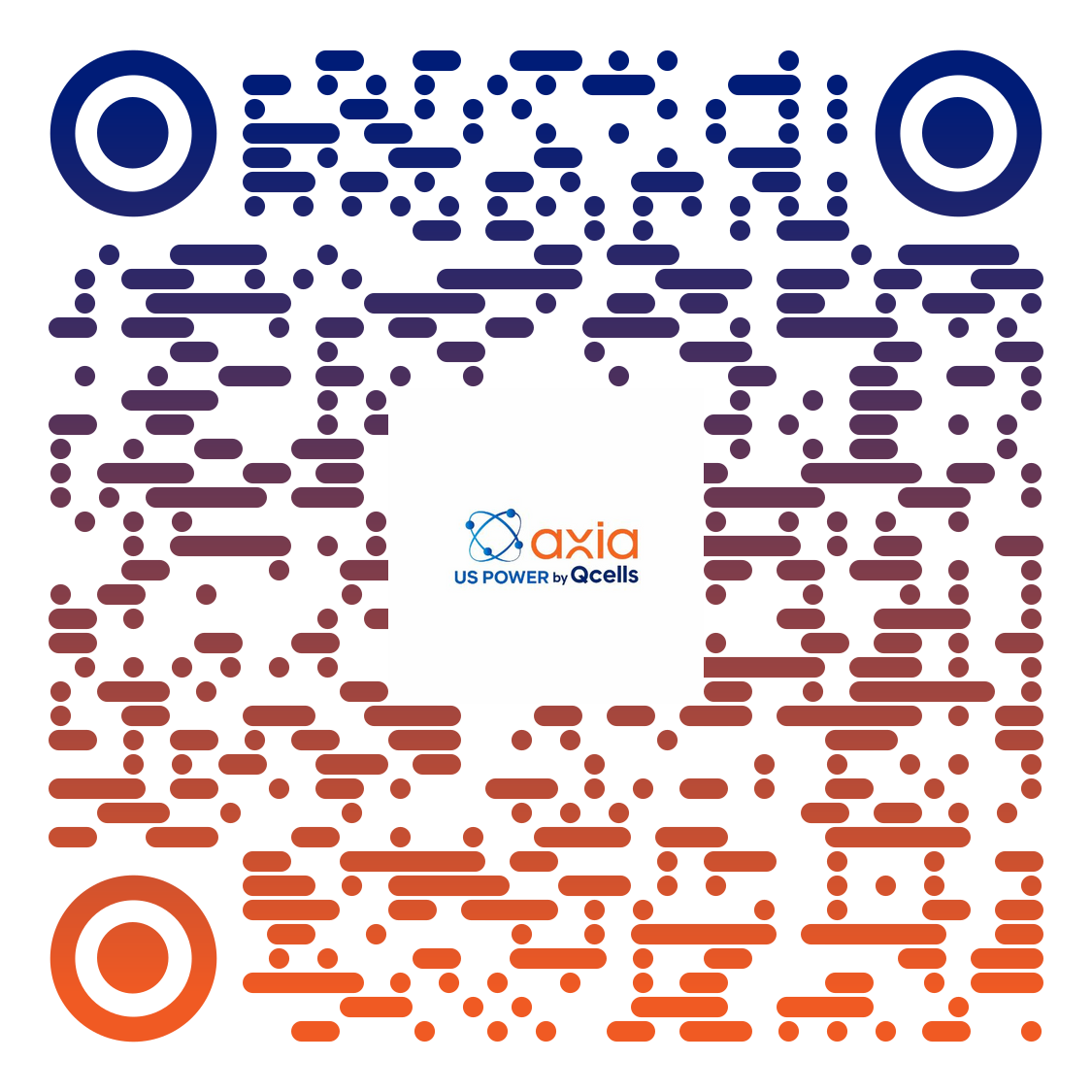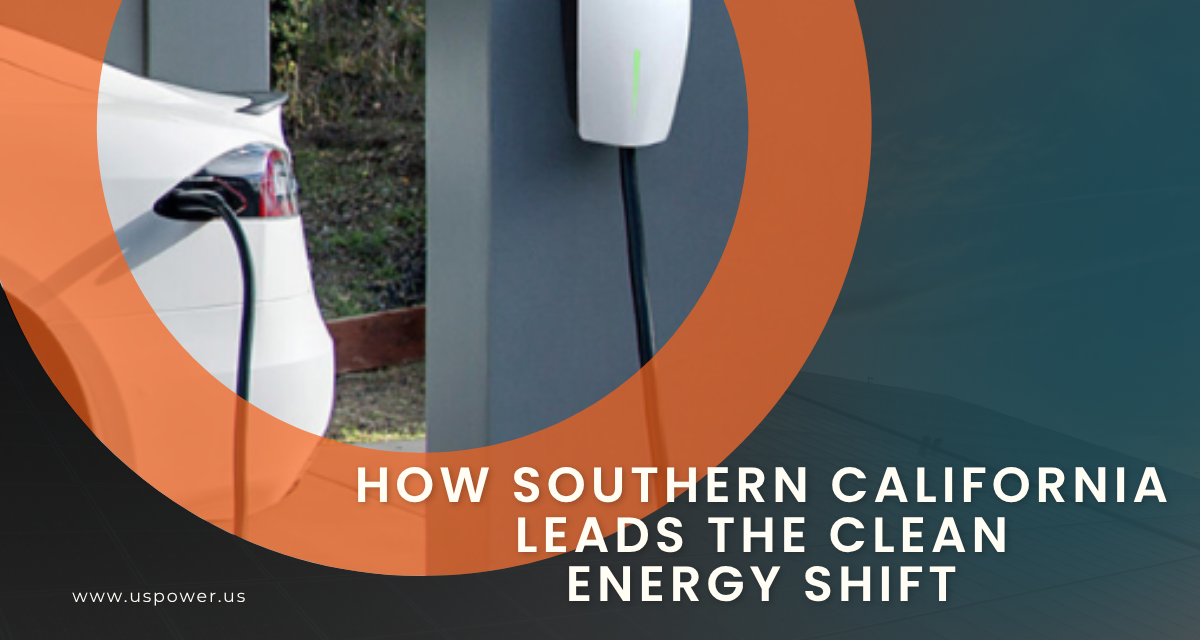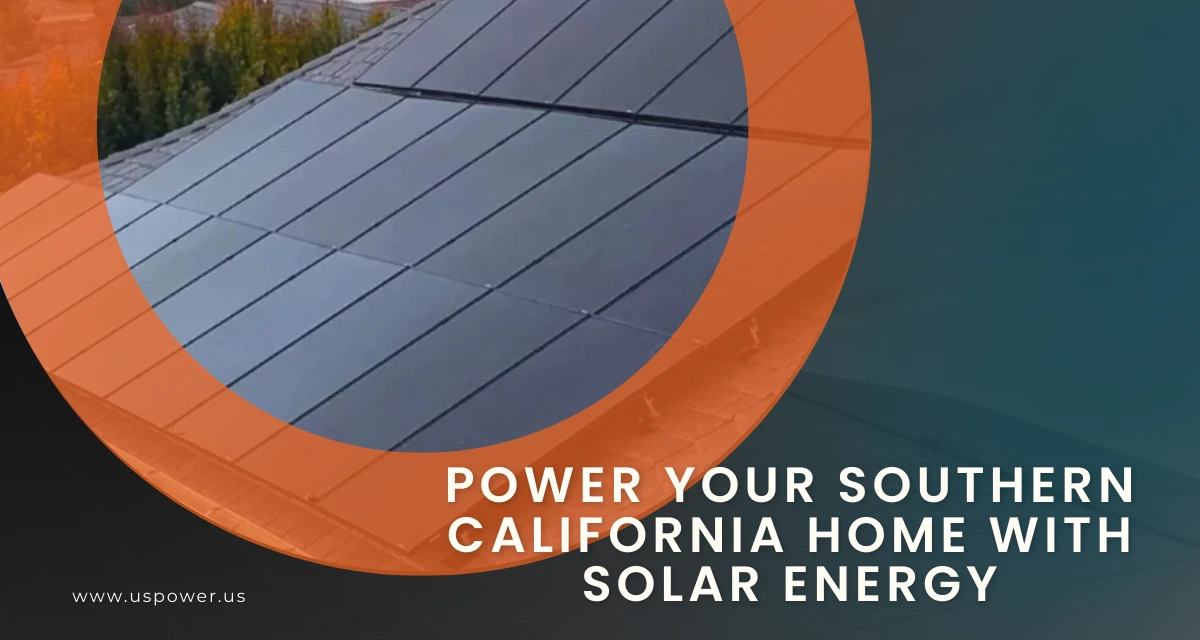Why Solar Panels Alone Aren't Enough in 2025

Solar and Roofing Advisor
Unlock the full potential of renewable energy solutions 2025! Learn how to supercharge your energy independence.

As we approach 2025, the demand for sustainable energy has never been more critical. While solar panels have been at the forefront of the renewable energy revolution, they alone are not sufficient to meet the growing energy needs of the modern world. This blog post explores why solar panels aren't enough and highlights other renewable energy solutions 2025 that can complement solar power.
The Limitations of Solar Panels
Solar panels have been instrumental in reducing carbon footprints and promoting clean energy. However, they come with limitations that make it necessary to consider other options:
Solar panels rely on sunlight to generate power. Their efficiency significantly drops during cloudy days, storms, or long winters, especially in regions with limited sun exposure.
Although solar has become more affordable over time, the upfront costs for purchasing and installing a solar energy system can still be substantial—especially without incentives or financing.
Solar energy is produced during the day, but demand often peaks in the evening. Without a battery storage system, excess power can't be used later, limiting solar's effectiveness without grid reliance.
To generate sufficient electricity, solar panels need adequate roof or land space. Not all buildings or lots have the size, orientation, or condition to support a full system.
While solar panels reduce emissions during use, the manufacturing process involves energy-intensive procedures and the use of rare materials, which may carry environmental and ethical concerns.
Most commercial solar panels operate at an efficiency of 15–22%, meaning a significant portion of sunlight isn’t converted into electricity. This makes solar less ideal in places where maximizing energy output is critical.
As more solar panels reach the end of their lifespan (typically 25–30 years), proper recycling and disposal solutions are still evolving, posing environmental challenges.
Exploring Renewable Energy Solutions 2025
To address these challenges, a diversified approach to renewable energy is essential. Here are some renewable energy solutions 2025 that can work alongside solar panels:
1. Wind Energy
Wind energy is a powerful complement to solar power. Wind turbines can generate electricity even at night and during cloudy weather, providing a consistent energy supply. Countries like Denmark have successfully integrated wind energy, showcasing its potential as a reliable renewable energy solutions 2025 example.
2. Hydroelectric Power
Hydroelectric power is another effective renewable energy source. By harnessing the energy from flowing water, hydroelectric plants can generate large amounts of electricity. This method is particularly beneficial in regions with abundant water resources.
3. Geothermal Energy
Geothermal energy taps into the Earth's internal heat, offering a stable and continuous power source. It is an excellent option for areas with geothermal activity, providing a steady energy supply irrespective of weather conditions.
How to Use Renewable Energy Solutions 2025
Integrating renewable energy solutions in 2025 requires a strategic and informed approach. With technological advances and broader access to clean energy, more individuals, businesses, and communities are adopting solutions that reduce reliance on fossil fuels. Here's how to successfully implement renewable energy in your life or operations:
- Evaluate Your Energy Needs
Start by assessing your current energy usage. Identify peak consumption times, average monthly usage, and which appliances or systems consume the most power. This helps determine the best renewable mix for your goals. - Choose the Right Renewable Source
Not all renewable sources fit every location or use case. In 2025, the most common options include:- Solar energy for residential and commercial rooftops
- Wind energy for rural or open land applications
- Hydropower for properties near running water
- Geothermal for consistent heating and cooling needs
- Community solar or green power plans for renters or urban dwellers
- Invest in Smart Energy Management
Modern renewable systems integrate with smart meters, home energy management tools, and mobile apps. These tools allow users to monitor production, consumption, and storage in real time. - Add Energy Storage Solutions
Battery systems such as lithium-ion or newer solid-state batteries store excess energy for use during outages or peak hours, increasing the reliability and self-sufficiency of renewable systems. - Take Advantage of Incentives
In 2025, federal tax credits, state rebates, and utility-based programs are still key to making renewable investments affordable. Research available incentives in your area before making a purchase. - Work with Certified Installers
Whether installing solar panels or setting up wind turbines, always hire licensed and certified renewable energy contractors. Their expertise ensures system efficiency, code compliance, and warranty coverage. - Incorporate Hybrid Systems
Combining multiple sources—such as solar plus battery or wind plus grid-tie—offers greater energy flexibility and reduces vulnerability to outages or seasonal performance drops. - Stay Informed and Scalable
Renewable tech continues to evolve. Stay informed about upgrades, new products, and policy changes that can enhance or expand your system in the future.
Building a Resilient Energy Future with US Power
While solar panels are a vital component of the renewable energy landscape, they are not the sole solution. By embracing a mix of renewable energy solutions 2025, including wind, hydroelectric, and geothermal power, we can create a more resilient and reliable energy system. Companies like US Power are leading the way in providing comprehensive energy solutions that integrate multiple renewable sources.
To learn more about how you can implement these strategies, consider reaching out to US Power for expert guidance and support.
Frequently Asked Questions
Related Articles
Our Related Blogs
EV tax credit shifts could spark new growth for solar homes in Southern California.
Claim big solar savings before the tax credit drops—lock in your 30% rebate today!
Maximize savings with QCells solar panels installation through with US Power.
Our Solar and Roof Brand Partners








We empower communities and businesses to harness clean, renewable solar energy solutions that drive sustainable growth.
Ready to Own Your Power? Call us today!
818-650-8010
Copyright © 2025 US Power - Axia by QCells. All Rights Reserved.
Privacy is important to us, so you have the option of disabling certain types of storage that may not be necessary for the basic functioning of the website. Blocking categories may impact your experience on the website.
Essential
These items are required to enable basic website functionality.
Personalization
These items allow the website to remember choices you make (such as your user name, language, or the region you are in) and provide enhanced, more personal features.
Marketing
These items are used to deliver advertising that is more relevant to you and your interests.
Analytics
These items help the website operator understand how its website performs, how visitors interact with the site, and whether there may be technical issues.
We and our third-party partners use cookies and other technologies to enhance and track your experience on this site, conduct analytics, and personalize marketing to you. By using the site, you agree to our use of these technologies, including recording and monitoring your interactions with the site.
Get an instant solar estimate using satellite!









